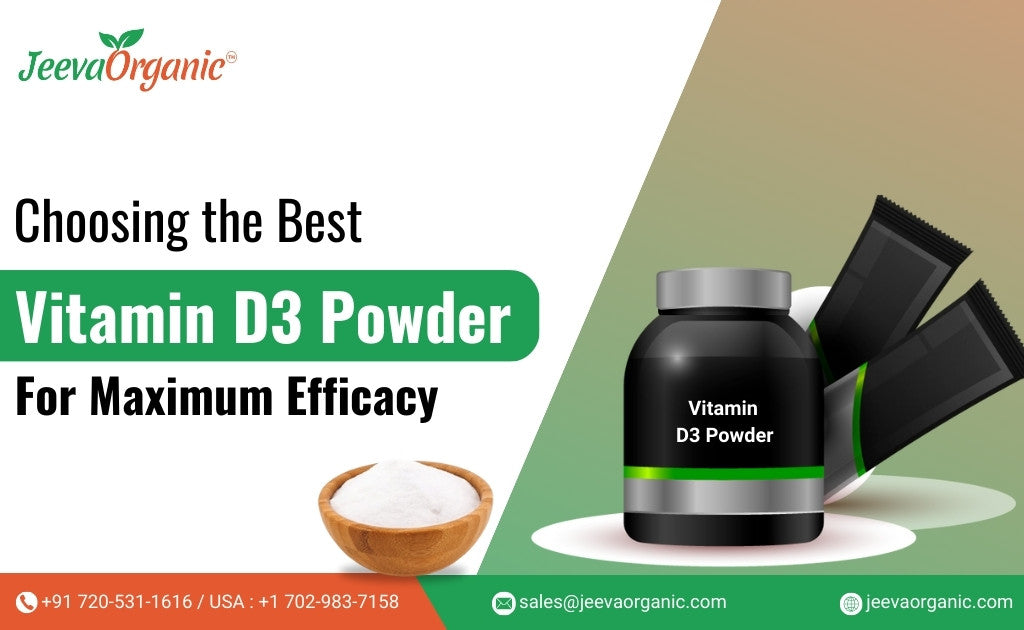
Vitamin D3 Powder Specifications: How to Choose the Right Grade
Share
Vitamin D3 powder is a versatile and critical ingredient in various health products, from supplements to fortified foods. For manufacturers, selecting the right grade of vitamin D3 can directly impact the final product's quality, efficacy, and market success. To inspire decision-makers to think creatively, this guide offers clear criteria for selecting the most appropriate vitamin D3, focusing on its specifications, forms, and intended applications.
Understanding Vitamin D3 Powder Grades
Vitamin D3 powder comes in different grades and specifications based on purity, particle size, and the presence of additional stabilizers. Here's a breakdown of the main forms available and how to decide which one is right for your product:
- Pure Vitamin D3: Best suited for applications requiring high potency and minimal additives. Typically used in dietary supplements where maximum bioavailability is a priority.

- Vitamin D3 Microencapsulated Powder: This form is ideal for products that need stability in various conditions. The encapsulation protects the vitamin from degradation, making it suitable for fortified foods, beverages, and long-shelf-life products.
- Oil-based Vitamin D3 Powder: Often chosen for softgels or products that benefit from a fat-soluble carrier, improving the absorption of vitamin D3 in the body.
Key Specifications to Consider
When evaluating vitamin D3 powder, it's important to look at these factors:
- Purity and Potency: Ensure that the vitamin D3 content matches the label claims. Higher concentrations mean smaller dosages but require more precise handling and formulation.
- Bioavailability: Depending on your product's target market and application, consider how well the body will absorb the chosen form of vitamin D3.

- Stability and Shelf Life: If your product will undergo extreme temperatures (such as 40 °C or above) or extended storage periods (more than 6 months), ensure the vitamin D3 can withstand these conditions without degrading.
- Compliance with Regulations: It's crucial to verify that the vitamin D3 powder meets industry standards and regulations, including GMP, NSF, and other certifications relevant to your region and product type. This ensures that your product is of the highest quality and meets all necessary safety standards. Thus, giving you and your customers peace of mind.
Selecting the Right Grade for Your Product
The right grade of vitamin D3 depends on your product's formulation needs:
- Opt for pure vitamin D3 for high-potency dietary supplements,
- For food and beverage fortification, microencapsulated vitamin D3 offers superior stability.
- An oil-based version ensures better absorption for liquid formulations or soft gels.
Final Considerations
Before purchasing Vitamin D3 Powder, consult your supplier to request detailed specifications, including Certificates of Analysis (COA) and product testing data. These documents will ensure that your chosen grade aligns with your product development goals and market demands, and they provide evidence of the product's quality and safety to your customers and regulatory authorities.
**The Food and Drug Administration has not evaluated these statements. This product is not intended to diagnose, treat, cure, or prevent any disease.**
